Finland’s Lahti L-39 Anti-Tank Rifle
October 31st, 2023
8 minute read
The ongoing war in Ukraine has proven that today’s main battle tanks (MBTs) are especially vulnerable to man-portable weapons, drone-assisted artillery and loitering munitions. As a result, Russia has lost more than 2,000 tanks — including its advanced T-90s — while even Western-supplied MBTs including the German Leopard 2 and British Challenger 2 have been destroyed in the fighting. Russian propagandists were actually quick to jump on social media and post how NATO’s best tanks weren’t unstoppable.
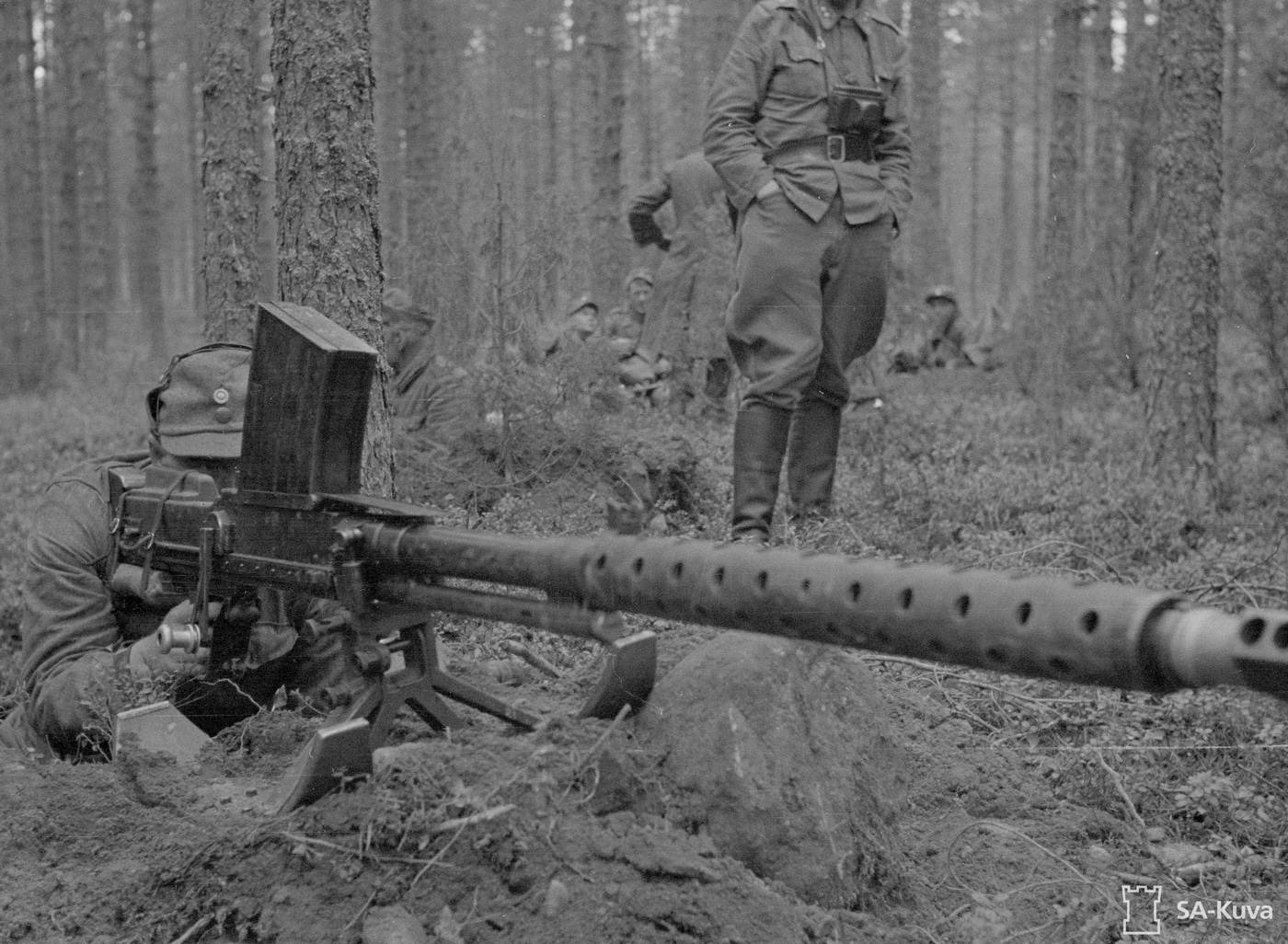
Of course, no one claimed — or even suggested — that the Western tanks were invincible miracle weapons. Tanks have always been vulnerable and always will be vulnerable to anti-tank weapons. Tanks are unique, of course, in that a variety of simple methods can be employed to stop them from rolling across the battlefield — including wide trenches, concrete “dragon’s teeth” tank traps, and even just a basic gasoline bomb.
During the Winter War of 1939-40, Finnish soldiers dubbed the bottles filled with gasoline and other combustible fluids as “Molotov Cocktails,” a reference to Soviet diplomat Vyacheslav Molotov. And it was in that same conflict that Finland’s military employed another anti-tank weapon that has gained fame with military firearms enthusiasts.
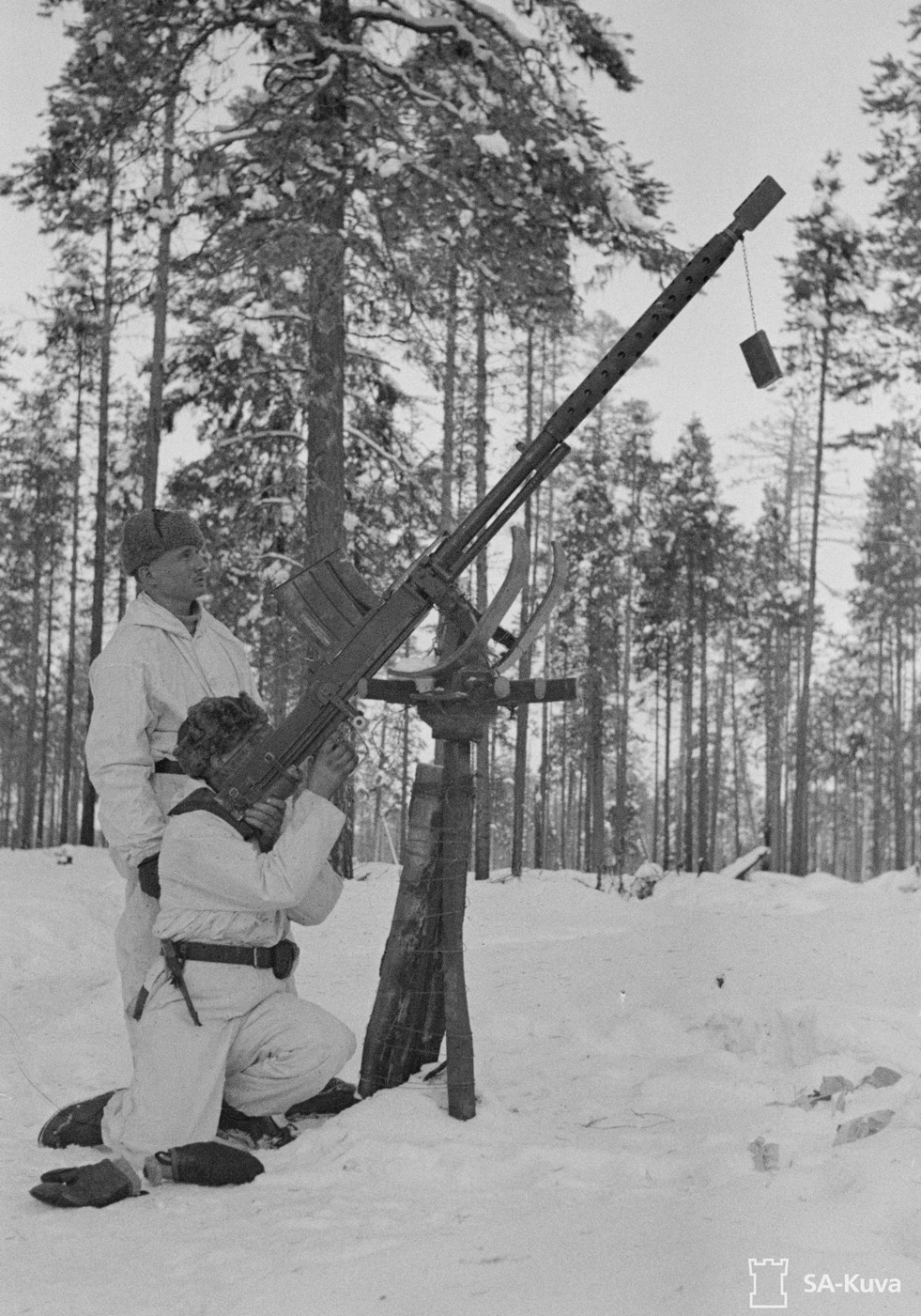
It was the Lahti L-39 anti-tank gun, and though it was arguably already obsolete in its primary role, it became a feared weapon in the Winter War and then in the Continuation War that followed.
Origin of Anti-Tank Rifles
The Lahti L-39 wasn’t the first anti-tank weapon, and it is the German military that should be credited with developing the original anti-tank rifle more than two decades earlier.
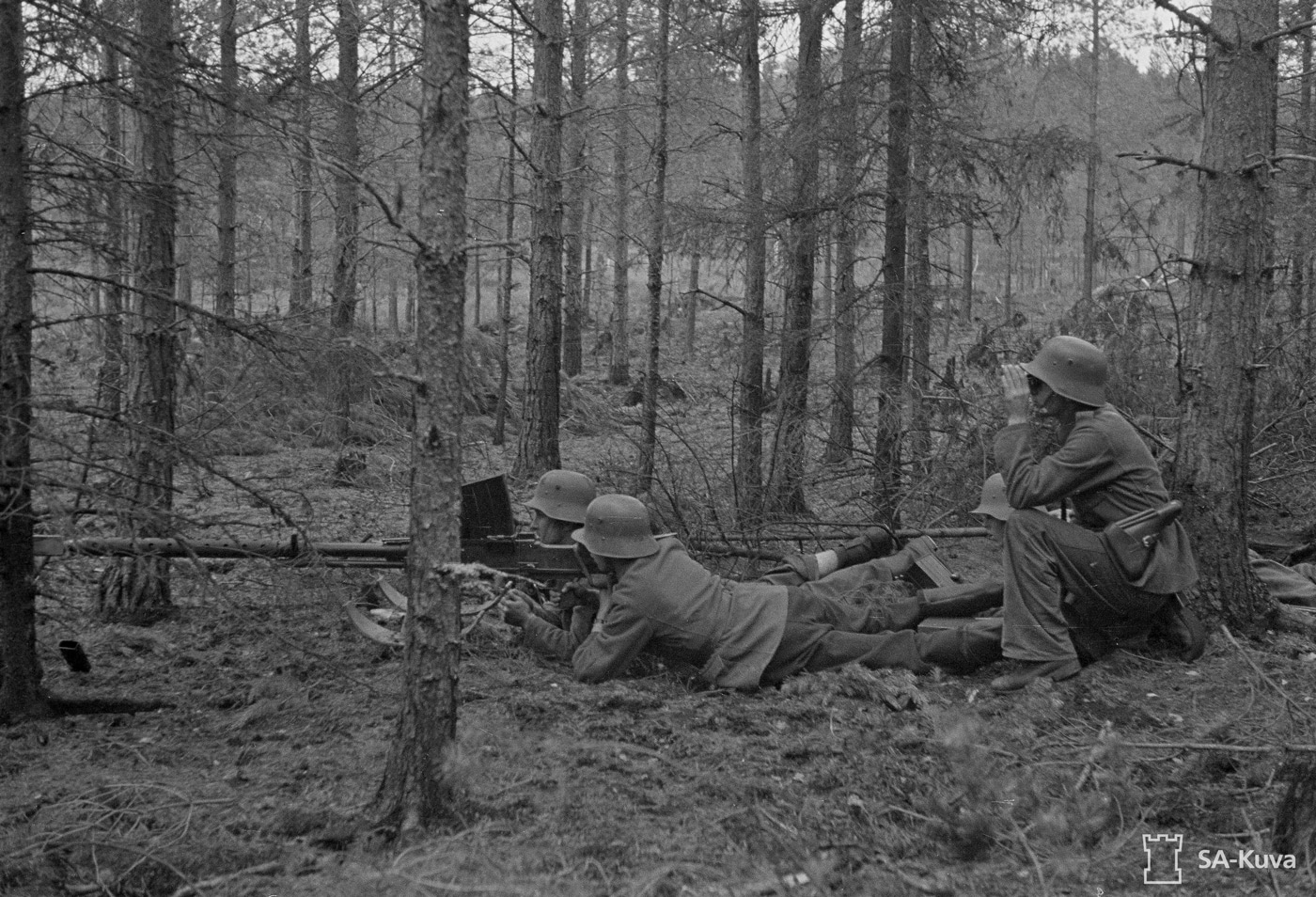
It was in September 1916, during the First World War, that the British Army’s tanks rolled across the fields of the Somme — essentially catching the Germans by surprise. The massive vehicles had been developed in relative secret as part of the UK’s “Landship Program” that actually began with the Royal Navy, under the leadership of First Lord of the Admiralty Winston Churchill. Scaled down from the original grandiose concepts, the vehicles were still seen as a serious threat.
The Germans responded quickly by employing high-powered rifles, including elephant guns that had been designed for big game hunters. But then the German military essentially “supersized” its Mauser bolt-action rifle. This resulted in the Tankgewehr M1918 (T-Gewehr), also known as the Mauser 13mm anti-tank rifle. The single-shot rifle proved reasonably successful, and in the interwar era, oversized rifles were developed by Poland, the Soviet Union, the UK, Japan, and as noted Finland.
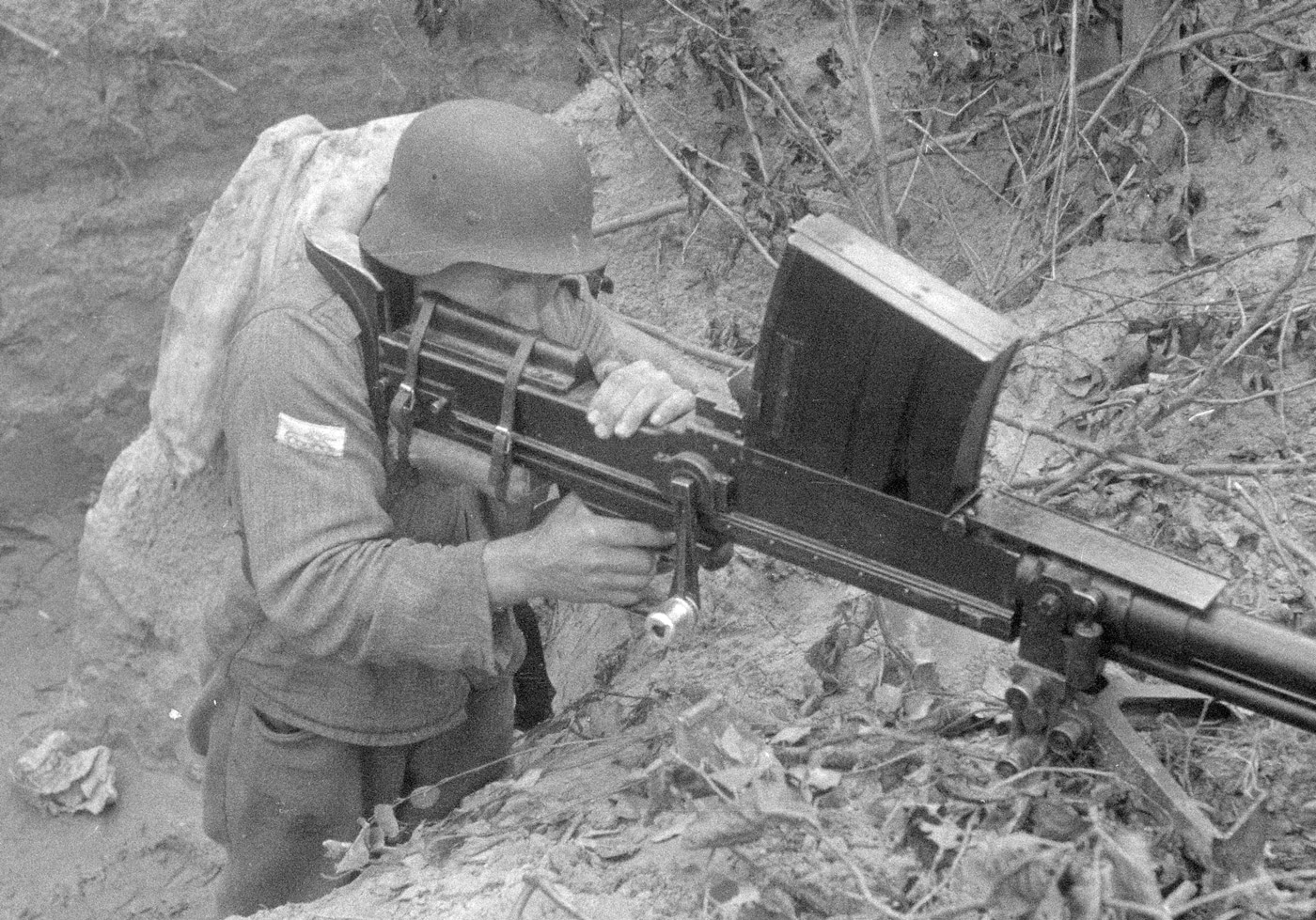
However, the ordnance from these weapons couldn’t exactly keep up with the increased armor on the latest tanks. The anti-tank rifle simply lost the arms race, and that in turn led to the development of a new generation of man-portable weapons such as the British PIAT Gun, American “bazooka” and German Panzerfaust during the Second World War, and the Soviet’s RPG-2 in the Cold War.
Development of the Lahti L-39
Much like her three Baltic neighbors south of the Gulf of Finland — Estonia, Latvia and Lithuania — the Finnish state had only achieved independence from Russia in the aftermath of the First World War. Russia’s defeat in that conflict, after the revolutions that led first to the downfall of the centuries old monarchy and then the provisional government, allowed those states to break away and become self-governing.
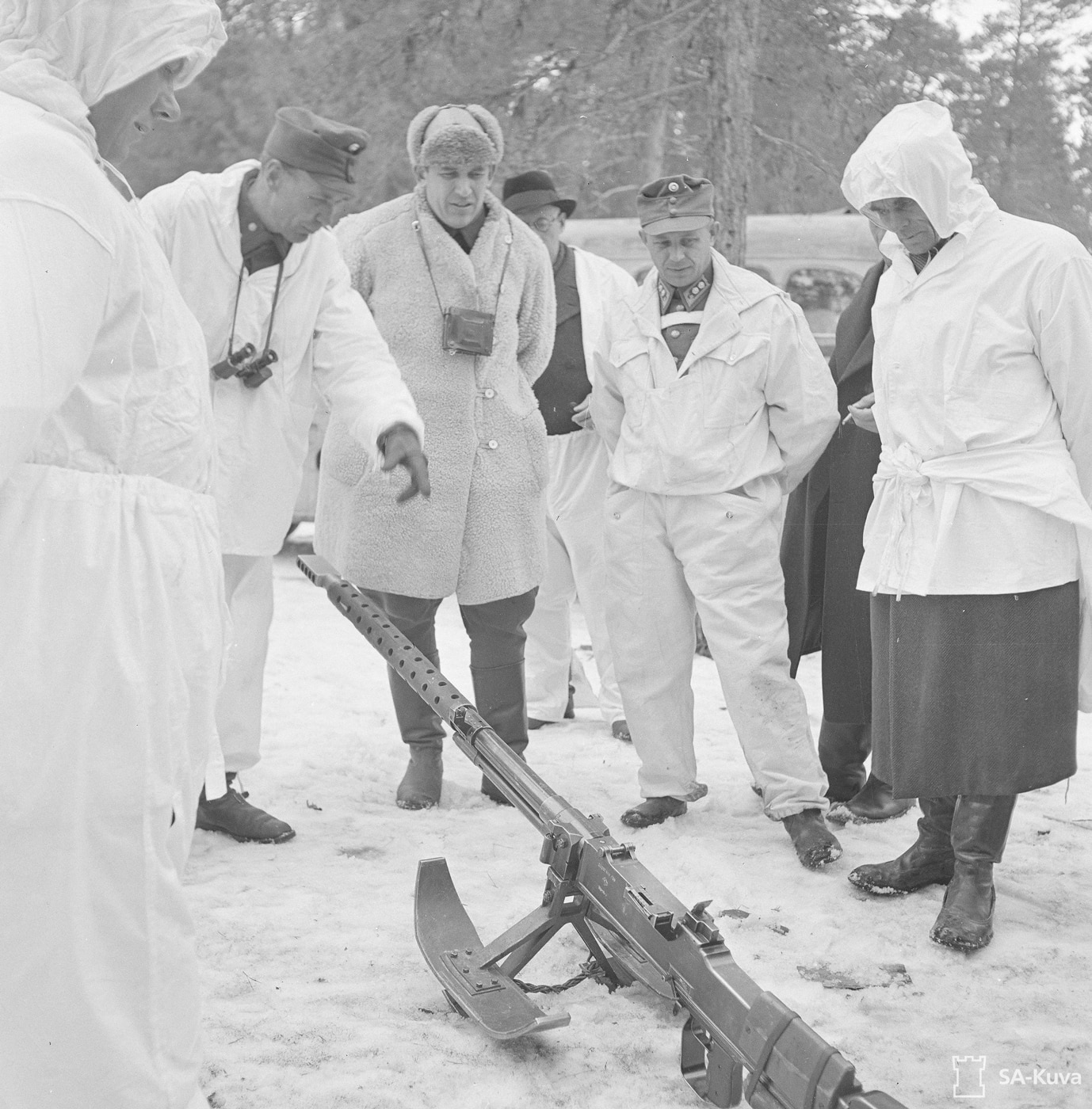
It could hardly be described as “easy” as all had to fight for their independence. Suffice it to say that Finland was determined not to fall under control from the new Soviet Union, and that resulted in the development of a domestic arms industry.
Among Finland’s chief weapons designers was Aimo Johannes Lahti (1896-1970), who has been described at times as the Finnish John Moses Browning for the numerous firearms he developed. The self-educated weapons designer received a request from the Finnish military to develop a rifle that could be effective at countering Soviet tanks. It was a tall order for the reasons already stated, namely that by the late 1930s tanks had far thicker armor.
Yet, Aimo Lahti produced two competing anti-tank weapon, which included a 13.2mm machine gun and a 20mm rifle. It was determined, not surprisingly, that the 20mm rifle displayed better penetration power. It was initially designed to be chambered for Lahti’s proprietary 20x113mm ammunition, but that was changed to the more common Swiss 20x138B (Long Solothurn) ammunition, which was more powerful.
The latter ordnance — which was developed by Waffenfabrik Solothurn, a Swiss front for the German Rheinmetall in the early 1930s — was also available in a number of loadings, including armor-piercing (AP), armor-piercing tracer (AP-T), high-explosive (HE), and incendiary.
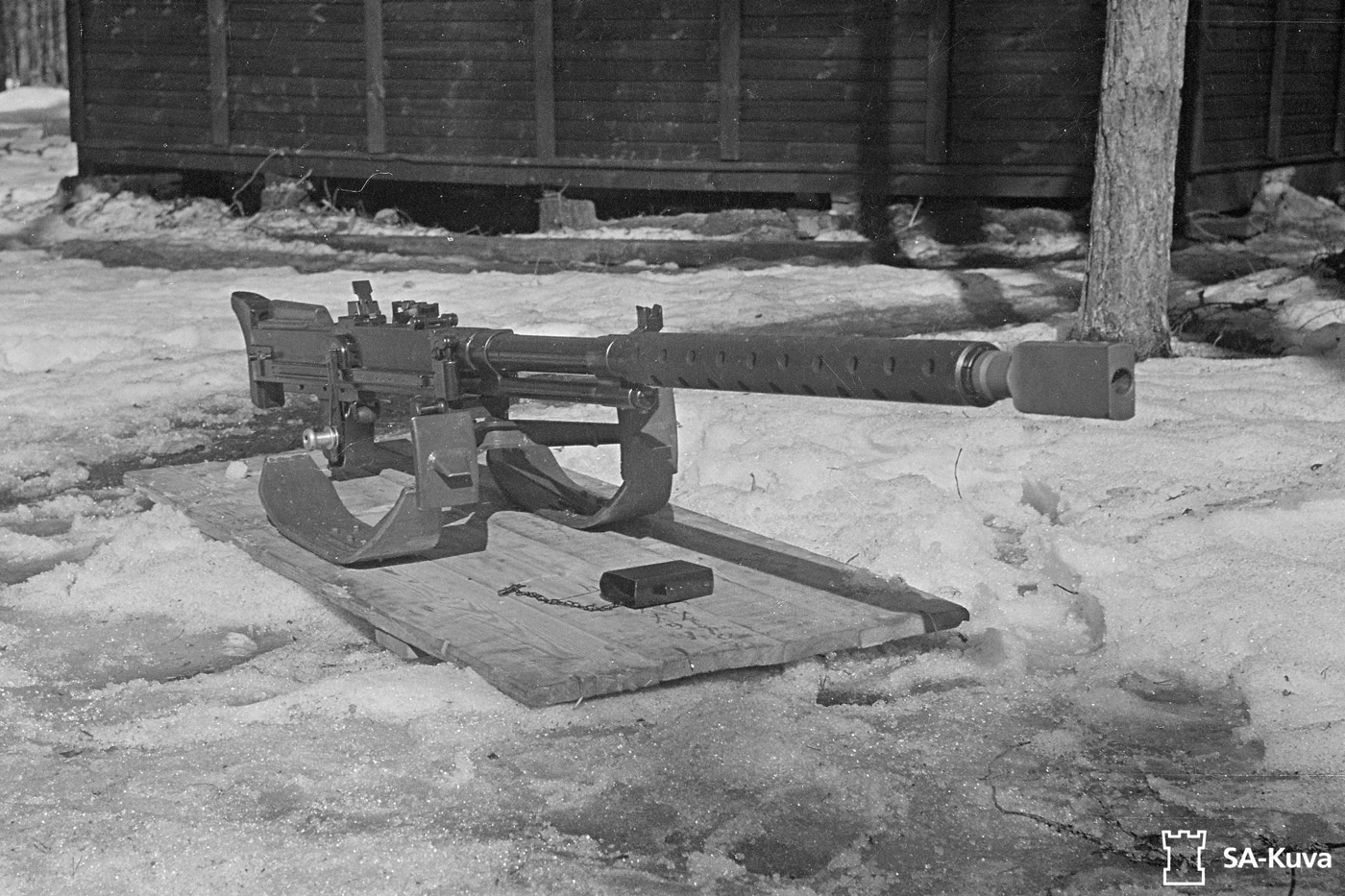
It was put into production in early 1939 at the state-owned Valtion Kivääritehdas (VKT) facility. Designated the L-39 (but sometimes seen in English sources as the M39), the anti-tank rifle was a large weapon weighing 49.5 kg (109 pounds) with a length of 2,200 mm (87 inches) while its barrel length was 1,300mm. The semi-automatic, gas-operated rifle was designed with the piston located beneath the barrel — while the ammunition was fed from a detachable top-mounted magazine with bottom ejection for spent cartridges.
Unusual to the design was that its bolt remained open after each shot, which allowed the barrel to cool down slightly, while it still fired from a closed bolt. That required the shooter to squeeze the grip lever, which was located below the trigger guard, to release the bolt forward. Once it was fully locked, the shooter could then pull the trigger to fire the gun. It was a rather complicated system, but it proved reliable. Despite that design, Aimo Lahti also must have realized that the barrel could still heat up quickly, and the rifle was fitted with a jacket to allow for transportation after firing.
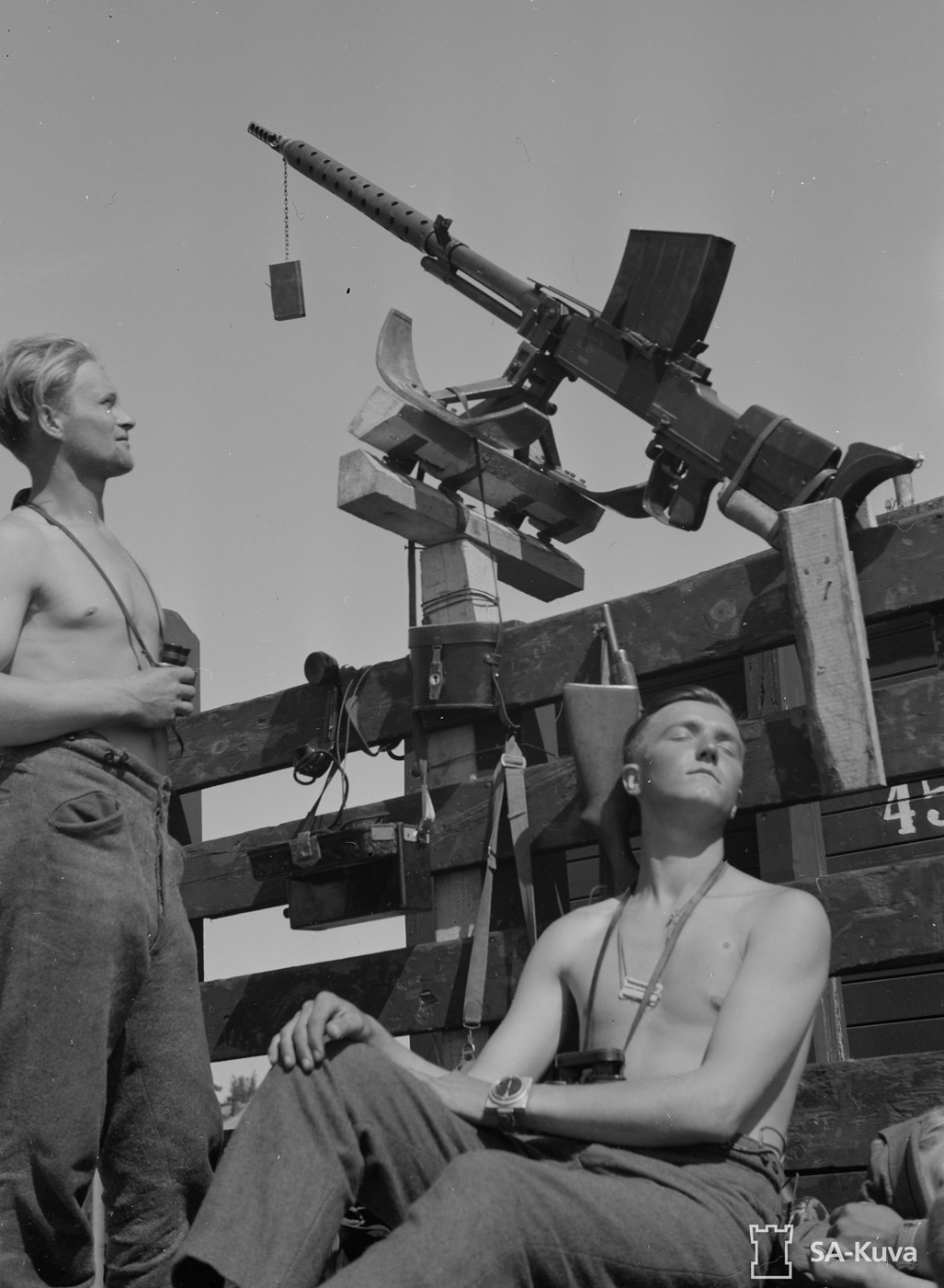
The recoil spring in the L-39 was also extremely stiff, and consequently, the weapon didn’t employ a standard charging handle. Instead, it was fitted with a rotating crank lever that was used to pull the bolt back. The front grip and trigger were protected by a large guard and rubber buffer to protect the operator’s hand from spent casings, which ejected at such high speeds that it could literally cut off the shooter’s fingers!
In theory, it had a maximum rate of fire of 30 rounds per minute from the 10-round box magazine, but in practice, the reloading and charging made that difficult to sustain. It had a muzzle velocity of 800 m/s (2,600 ft/s), and to reduce the recoil, the L-39 was equipped with a multi-hole muzzle brake and padded leather recoil pad. It was equipped with standard iron sights that could be calibrated between 200 and 1,400 meters.
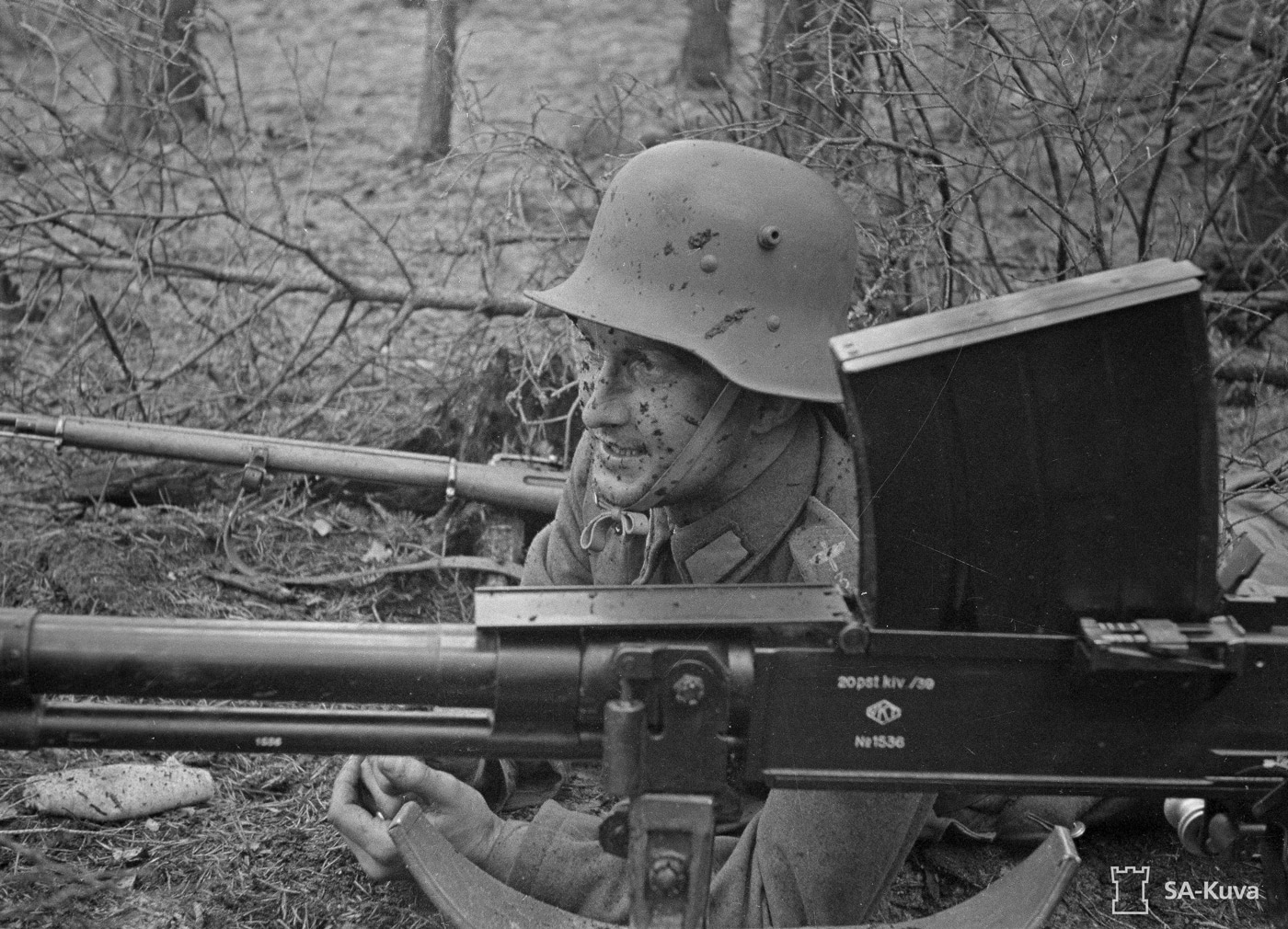
Another notable feature of the L-39 was its “dual bipod,” which was fitted with two sets of legs — one with spiked shoes for use on hard ground and another with skid-type shoes that were akin to mini-skis for use on soft ground or snow.
The Lahti L-39 Goes to War
The aforementioned Baltic States were only able to maintain their independence for 20 years, when in October 1939, the Soviets demanded the right to establish military bases in all three nations. That served as a pretext for their annexation, and it was only with the dissolution of the Soviet Union that Estonia, Latvia and Lithuania again achieved independence. Similar demands were made to Finland in 1939, while Moscow also called for the revision of the border in Karelia to create a “buffer zone” to protect Leningrad (today St. Petersburg) along with the ceding of other territory.
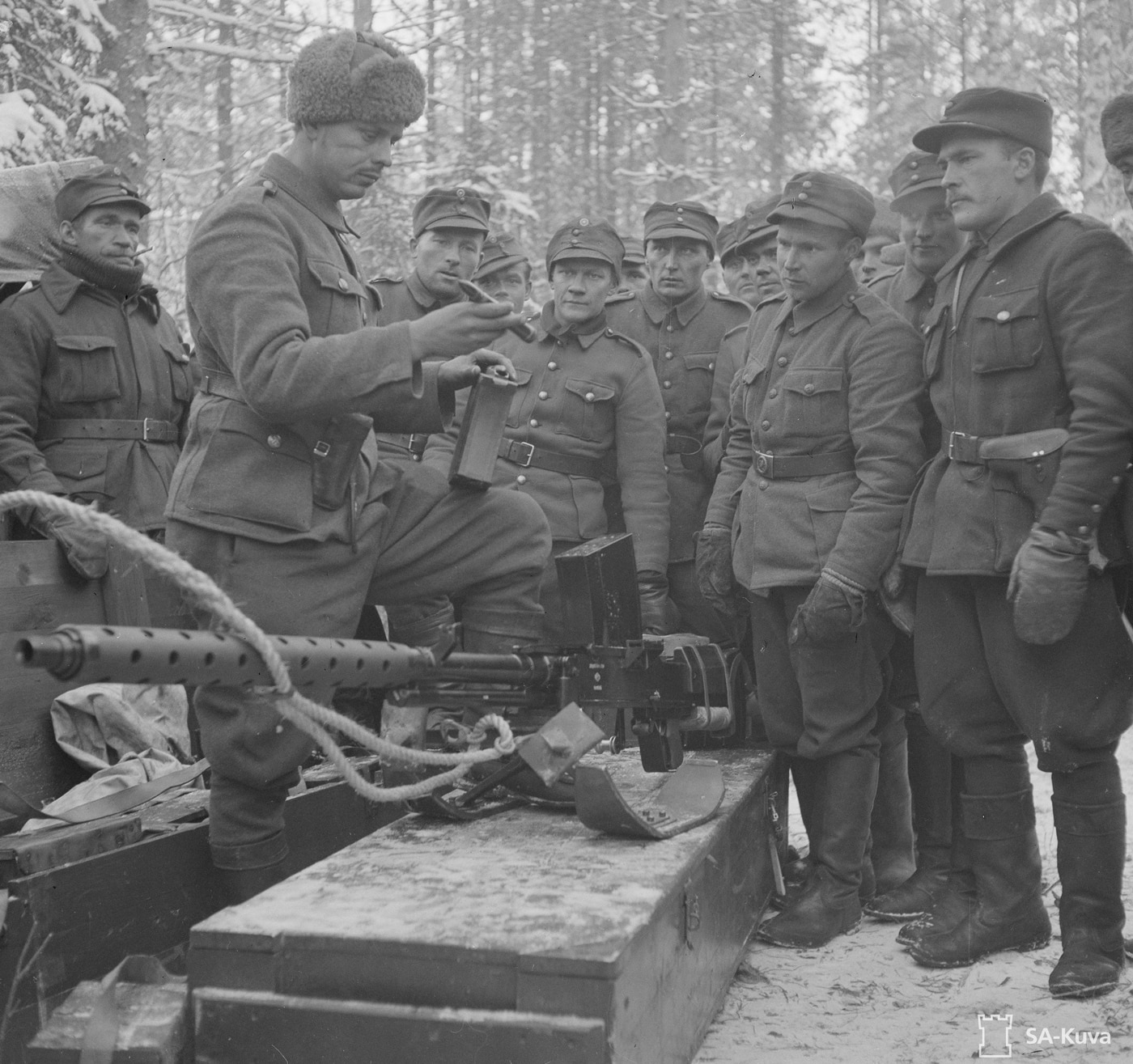
Talks between Moscow and Helsinki broke down in November, which resulted in the Winter War. The Soviets were ill-prepared for the harsh winter conditions and seemingly didn’t expect to meet such stiff resistance — a situation not all that dissimilar from Russia’s “special military operation” in Ukraine that began in February 2022.
The L-39 was among the weapons in the Finnish arsenal that proved quite effective. While it was largely obsolete against Soviet tanks, the Lahti L-39 — which earned the nickname “Norsupyssy” (“Elephant Gun”) was put to good use as a sniper and marksman rifle. Its 20mm explosive projectile was well suited against bunkers and vehicles in supply convoys, and even low-flying aircraft. In the field, it was typically operated by a two-man team due largely to its heavy weight.
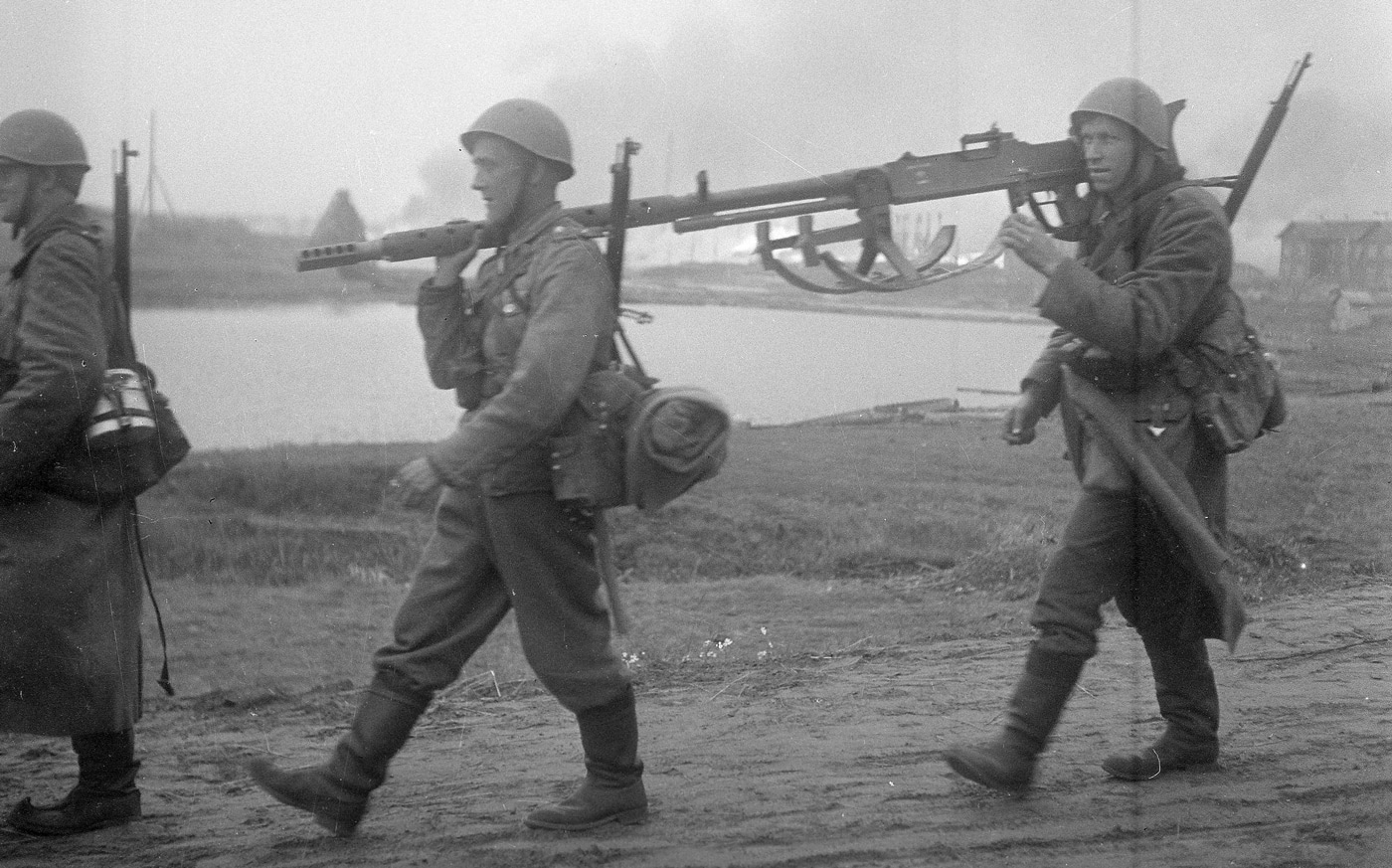
During the Continuation War (1941-44), it was fairly ineffective against the T-34 or KV-1 tanks, while it also proved to be too cumbersome to deploy and relocate with any sense of efficiency, and consequently, the L-39 was often abandoned on the battlefield if positions were overrun.
Seeing that the weapon was ineffective against tanks, Lahti created a full-automatic double-barrel variant, the L-39/44 for use as an anti-aircraft weapon. However, it proved less successful due to the fact that its receiver was not stout enough for sustained full-auto fire.
Both versions remained in use after the end of the war as an anti-helicopter weapon. By the early stages of the Cold War, the L-39 and L39/44 were largely withdrawn from service.
Buy It for a Franklin?
Interestingly, the Lahti L-39 was sold as surplus in great numbers in the United States. However, due to the fact that it was chambered for a round larger than .50 caliber and thus considered a destruction device subject to regulations of the 1934 National Firearms Act, most were rechambered to .50 caliber or deactivated.

The rechambered versions were reportedly offered for around $99.95 with accessories that included eight magazines, the snow sled bipod, wooden transport crate, muzzle brake, armorer’s tools and spare parts.
One vintage ad found online doesn’t explain whether an NFA transfer would be required, but it would still have been quite the collectible — as well as quite the investment. Even with inflation, that price could only be considered a true steal, as a registered/transferrable L-39 sold at Rock Island Auctions in September 2017 for $11,500, not including fees!
Editor’s Note: Please be sure to check out The Armory Life Forum, where you can comment about our daily articles, as well as just talk guns and gear. Click the “Go To Forum Thread” link below to jump in and discuss this article and much more!
Join the Discussion
Continue Reading
Did you enjoy this article?

 107
107






